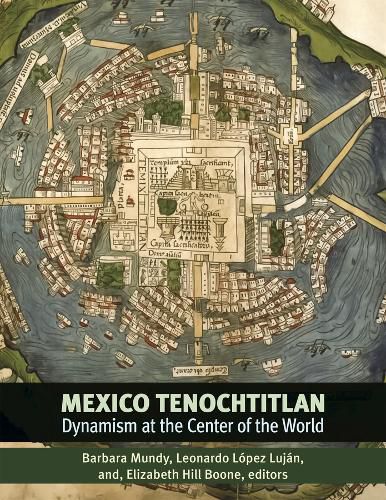Tenochtitlan enjoyed a meteoric rise to power beginning in the fourteenth century, when its leaders transformed it into the political, economic, and spiritual center of the Mexica. Even after its rulership was decapitated following the Spanish invasion of 1519-1521, the city (rechristened Mexico City) remained a dynamic urban center. Mexico-Tenochtitlan: Dynamism at the Center of the World looks anew at the reasons for the city's rapid consolidation and enduring status as an imperial capital. Commemorating the 500th anniversary of the fall of Tenochtitlan, the thirteen chapters of this volume highlight recent discoveries brought to light by archaeological and archival research; discuss excavations of offerings, burials, and skull racks as the physical residue of ephemeral performances; and examine sculptures, manuscripts, ritual objects, and luxury items as indices of artistic production and imperial ideologies. By setting continuities against the backdrop of regime change, particularly in the Indigenous sphere and among Indigenous actors, these chapters, written by archaeologists, art historians, and object conservators enable us to see how phenomena forged in the pre-Hispanic period were carried across the sixteenth century.





